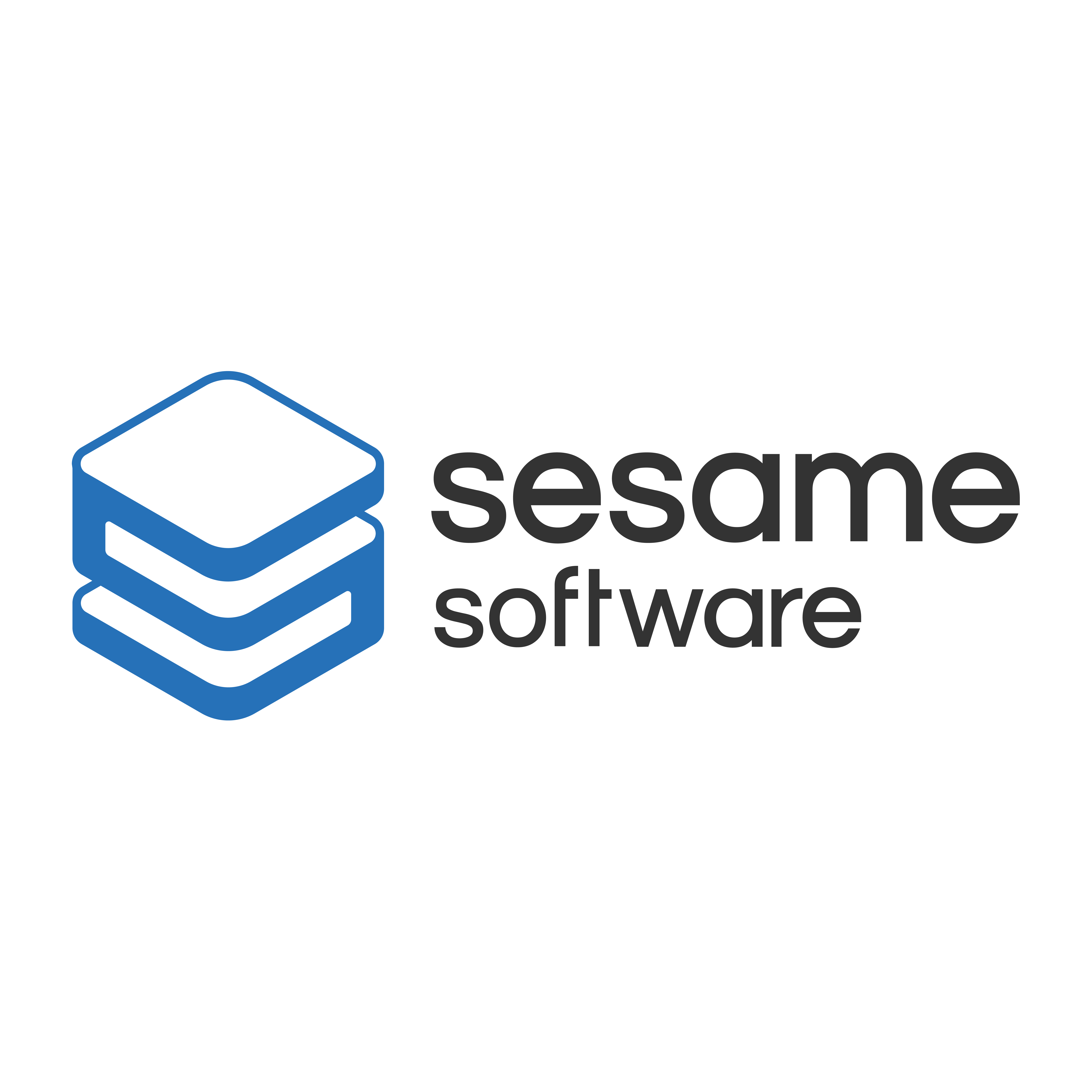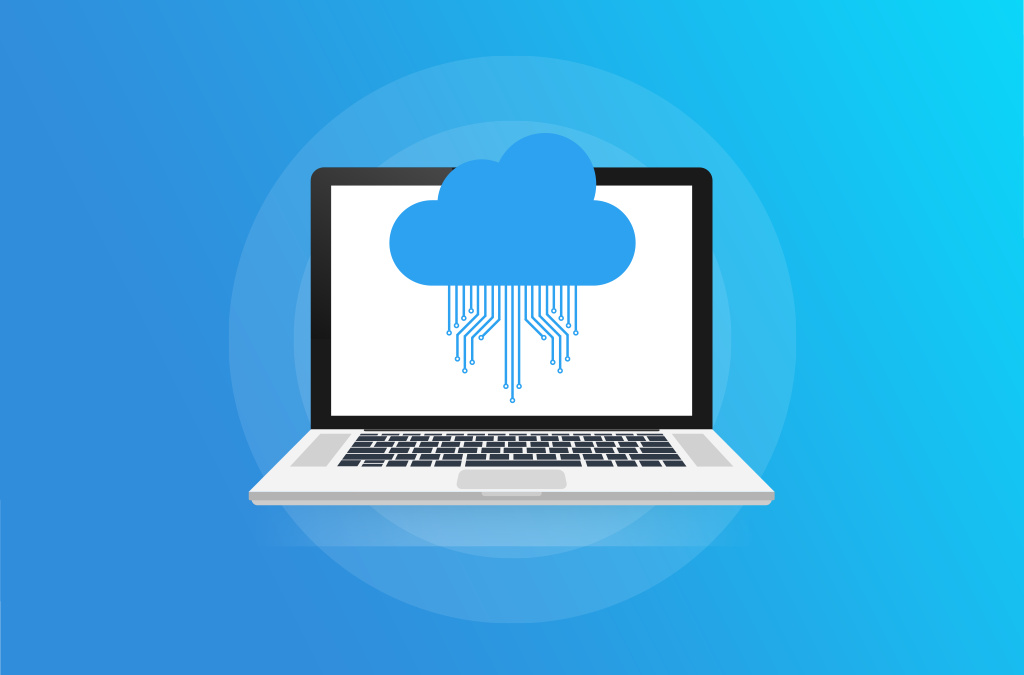More and more organizations are moving to the cloud each day. So much so that Gartner analysts expect more than 85% of organizations will embrace a cloud-first principle by 2025. Additionally, Gartner estimates that over 95% of new digital workloads will be deployed on cloud-native platforms by 2025, up from 30% in 2021.
Moving to the cloud has many benefits, including improved speed and time-to-market, enhanced security, and reduced operational costs. However, cloud migration is not an easy task. Prior to moving to the cloud, companies should evaluate various cloud options that can meet their needs of scalability and elasticity.
For those making the initial shift to the cloud, there are a few critical considerations to be aware of, which we’ll go over in this blog.
What is Cloud Migration?
Cloud migration is when data workloads are moved from one infrastructure environment to another. An example would be moving from an on-premises data center to the public cloud, from one cloud provider to another, or from the cloud back to on-premises infrastructure.
Companies typically move some or all of their data center capabilities into the cloud. These capabilities usually run on the cloud-based infrastructure provided by a cloud service provider such as OCI, AWS, Google Cloud, or Azure. The cloud can serve as an optimal environment to boost resilience, especially in times of disruption. Thus, it is best to know which workloads will reap the most benefits if moved out of the data center.
Key Benefits to Migrating to the Cloud
Here are some of the benefits that drive organizations to migrate workloads to the cloud:
Performance
Migrating to the cloud can significantly improve performance and end-user experience. Applications hosted in the cloud can scale to serve more users, increase throughput, and reduce network latency.
Scalability
Cloud computing can scale to support larger workloads and increased users much more easily than on-premises infrastructure. Traditional IT environments require physical servers, software licenses, storage, and network equipment.
Digital experience
Users can access cloud services and data from anywhere, at any time. It allows for a more personalized customer experience, will enable employees to use modern, flexible tools, and contributes significantly to the digital transformation.
Cost
Companies migrating to the cloud can spend significantly less on IT operations. Cloud providers take over maintenance and upgrades and can devote more resources to innovation.
What are Common Cloud Migration Challenges?
Cloud migration can be complex and contain a lot of moving parts. Here are some of the major challenges facing many organizations transitioning to the cloud.
Lack of Strategy
Many organizations start migrating to the cloud without dedicating sufficient time and attention to their strategy. For cloud adoption and implementation to succeed, end-to-end cloud migration planning is required. Cloud migration may require a different approach and can be time-consuming depending on the application and dataset. Also, organizations must have a clear business case for each workload it migrates to the cloud.
Cost Management
Many organizations haven’t developed clear KPIs to determine how much they will spend or save after migrating to the cloud. This makes it difficult to understand if migration was successful from an economic point of view. It is important to remember that cloud environments can change quickly, and costs can increase rapidly as new services are adopted and application usage grows.
Vendor Lock-In
Cloud technology adopters often struggle with vendor lock-in. Many of the services offered by cloud providers cannot be extended to other cloud platforms. So many companies later find it difficult to switch providers if the current provider doesn’t suit their requirements.
Data Security and Compliance
One of the major obstacles to cloud migration is data security and compliance. The data migration process itself presents security risks. Transferring sensitive data across environments and configuring access controls for applications creates significant exposure.
Cloud services operate on a shared responsibility model, where the service provider secures the infrastructure, and the customer secures data and workloads. It is your responsibility to ensure that all services and applications have the appropriate security controls, even if the cloud provider has robust security measures.
Operation Disruption
The main challenge here is carrying out your migration with minimal disruption to regular operation, at the lowest cost, and over the shortest period.
One of the most complex aspects of migration, especially in a large enterprise, is moving and synchronizing large volumes of data with little to no downtime. If your data becomes inaccessible to users during a migration, you risk impacting your business operations. The same is true as you continue to sync and update your systems after the initial migration.
Every workload element individually migrated should be proven to work in the new environment before migrating another element. You’ll also need to find a way to synchronize changes made to the source data while the migration is ongoing.
Cloud Migration Strategies
Organizations looking to migrate to the cloud should consider which data migration strategy best answers their needs. Gartner has identified five cloud migration techniques, known as the “5 Rs”. The following is a brief description of each:
Rehost
Rehosting an application, more commonly known as ‘lift and shift,’ involves using infrastructure-as-a-service (IaaS). This option makes the most minimal change to the architecture of the application. You simply redeploy your existing data and applications on the cloud server. It is the most straightforward migration, as it involves you moving your application from one environment to another.
Rehosting your application is suitable for a legacy migration or if you have an IT team with limited cloud knowledge.
Refactor
Refactoring is when you tweak and optimize your applications for the cloud. In this case, a platform-as-a-service (PaaS) model is employed. This doesn’t mean you need to make any major overhauls to the code, just updating a few bits here and there to optimize your application. It implies that the developers are in the position to reuse languages, containers, and frameworks that they have invested in.
Revise
Revising builds upon the previous strategies, requiring more significant changes to the architecture and code of the systems being moved to the cloud. This is done to enable applications to take full advantage of the services available in the cloud, which may require introducing significant code changes. This strategy requires foreplanning and advanced knowledge.
Rebuild
Rebuilding takes the Revise approach even further by discarding the existing code base and replacing it with a new one. This process takes a lot of time and is only considered when companies decide that their existing solutions don’t meet current business needs.
Replace
Replacing is another solution to the challenges that inform the Rebuild approach. The difference here is that the company doesn’t redevelop its native application from scratch. This involves migrating to a third-party, prebuilt application provided by the vendor. The only thing that you migrate from your existing application is the data, while everything else about the system is new.
How to Get Started
Develop a Cloud Migration Strategy
Analyze the expected benefits of cloud migration from three perspectives: operational advantages, cost savings, and architectural improvements. Determining these requirements will help you craft a solid data migration plan with the tools you’ll need to be successful.
It is vital to assess your environment and determine the factors that will govern the migration, such as critical application data, legacy data, and application interoperability. Which data needs to be migrated and when, whether it needs any scrubbing, the type of destination volume to use, and whether you need to encrypt data while it’s in transit and at rest.
It is also necessary to determine your reliance on data. Do you have data that needs to be resynced regularly? Data compliance requirements to meet or non-critical data that can be migrated during the first few passes of the migration?
Additionally, understanding what services cloud providers and other partners offer and their costs is an essential step after determining your business requirements.
Choose the Right Migration Partner
Once you have assessed your environment and mapped out a plan, you need to find a solution to help you execute your workload migration. A cloud data migration strategy should involve using tools to automate and streamline the process of moving data from an existing storage system to the cloud. The major cloud providers have an array of such cloud migration tools available, and there are even more third-party vendors to choose from.
Sesame Software Cloud Migration
Sesame Software’s cloud migration solution helps you move data to the cloud smoothly and efficiently. Powered by automation and security, our solution migrates your applications, data, and workloads to the cloud-based environment of your choice. Whether you are migrating from one storage environment to another or maintaining a hybrid deployment across multiple storage environments, Sesame Software has you covered
Sesame Software will help you reduce operational costs, increase innovation, and achieve your business objectives strategically.
Sesame Software Key Benefits:
- Simplifies the data migration process by moving and syncing your data easily, quickly, and securely with no downtime
- Moves legacy backup and archive data sets while retaining compliance and retention requirements
- Fully automated – no coding, data mapping, or maintenance required
- Multithreaded technology speeds up your time to insights by migrating and replicating data into the cloud data warehouse of your choice within minutes
Whether your application runs on-premises or cloud, there is always a new challenge waiting for your business to overcome. We are here to assist you along your cloud journey and beyond!
Book a complimentary demo today!


